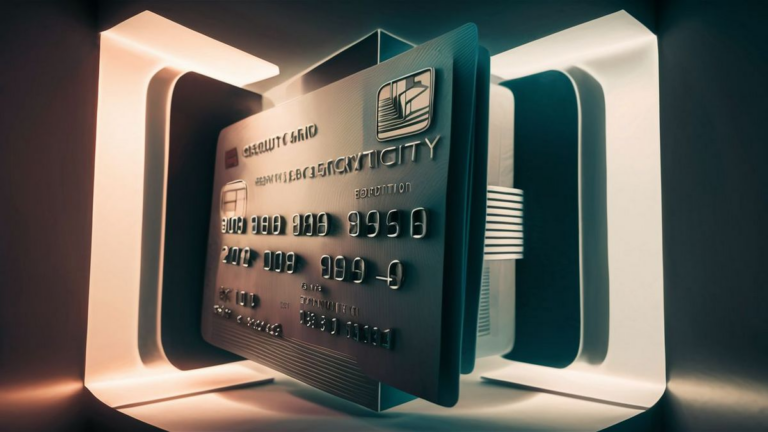When it comes to managing finances and making transactions in the digital age, credit cards have become indispensable tools for many individuals and businesses alike. However, with the convenience of credit cards comes the responsibility of safeguarding sensitive financial information, including your credit card number.
The Anatomy of a Credit Card Number
Before delving into the importance of protecting your credit card number, it’s essential to understand how credit card numbers are structured. A typical credit card number consists of a series of digits that convey specific information about the card issuer, account, and other relevant details.
While credit card numbers may vary slightly depending on the issuer, they generally adhere to a standardized format. Here’s a breakdown of the components typically found in a credit card number:
| Digit Range | Description |
|---|---|
| First 6 digits | Issuer Identification Number (IIN) or Bank Identification Number (BIN), identifying the card issuer. |
| 7th to 15th digits | Account number, unique to the cardholder’s account. |
| Last digit | Checksum digit, generated using a mathematical formula to validate the authenticity of the credit card number. |
Protecting Your Credit Card Number
Given the sensitive nature of credit card numbers, it’s crucial to take proactive measures to safeguard this information from unauthorized access and fraudulent activities. Here are some best practices to protect your credit card number:
- Keep Your Card Secure: Store your physical credit card in a safe location and avoid sharing it with others.
- Be Wary of Phishing Scams: Exercise caution when providing your credit card number online and avoid clicking on suspicious links or emails requesting such information.
- Use Secure Websites: When making online purchases, ensure that the website is secure and uses encryption to protect your data during transmission.
- Monitor Your Account: Regularly review your credit card statements and transaction history to detect any unauthorized or suspicious activity.
- Enable Two-Factor Authentication: Opt for additional security measures, such as two-factor authentication, to add an extra layer of protection to your account.
Reporting Suspicious Activity
If you suspect that your credit card number has been compromised or used fraudulently, it’s crucial to take immediate action to mitigate any potential losses. Contact your card issuer’s customer service immediately to report the incident and request assistance in resolving the issue.
Final Thoughts
Your credit card number is a valuable piece of information that should be treated with the utmost care and caution. By understanding how credit card numbers are structured and implementing security best practices, you can minimize the risk of unauthorized access and protect your financial well-being.
Frequently Asked Questions
Here are some common questions regarding credit card security:
- What should I do if I lose my credit card?
Immediately contact your card issuer to report the loss and request a replacement card. Monitor your account for any unauthorized transactions. - Is it safe to store my credit card information online?
It’s generally not recommended to store your credit card information on websites unless they have robust security measures in place. Opt for trusted platforms with encryption and secure payment gateways. - How often should I check my credit card statements?
It’s advisable to review your statements at least once a month to identify any suspicious activity promptly. - Can I dispute unauthorized charges on my credit card?
Yes, most card issuers have procedures in place for disputing unauthorized charges. Contact your issuer’s customer service to initiate the dispute process.
Securing Online Transactions
In addition to protecting your credit card number, securing online transactions is vital to ensure the safety of your financial information. Here are some additional steps you can take:
- Use Virtual Cards: Consider using virtual credit cards for online purchases. These cards are linked to your account but come with temporary numbers, adding an extra layer of security.
- Update Passwords Regularly: Regularly update your passwords for online accounts, especially those associated with payment methods. Use strong, unique passwords for each account.
- Be Cautious with Wi-Fi Networks: Avoid making transactions or accessing sensitive information over public Wi-Fi networks, as they may not be secure.
See also:






